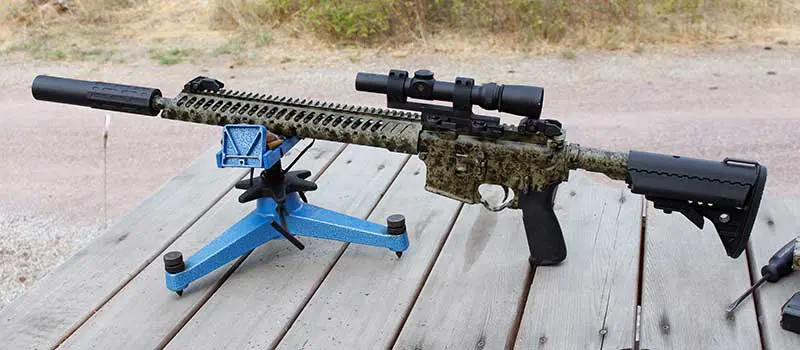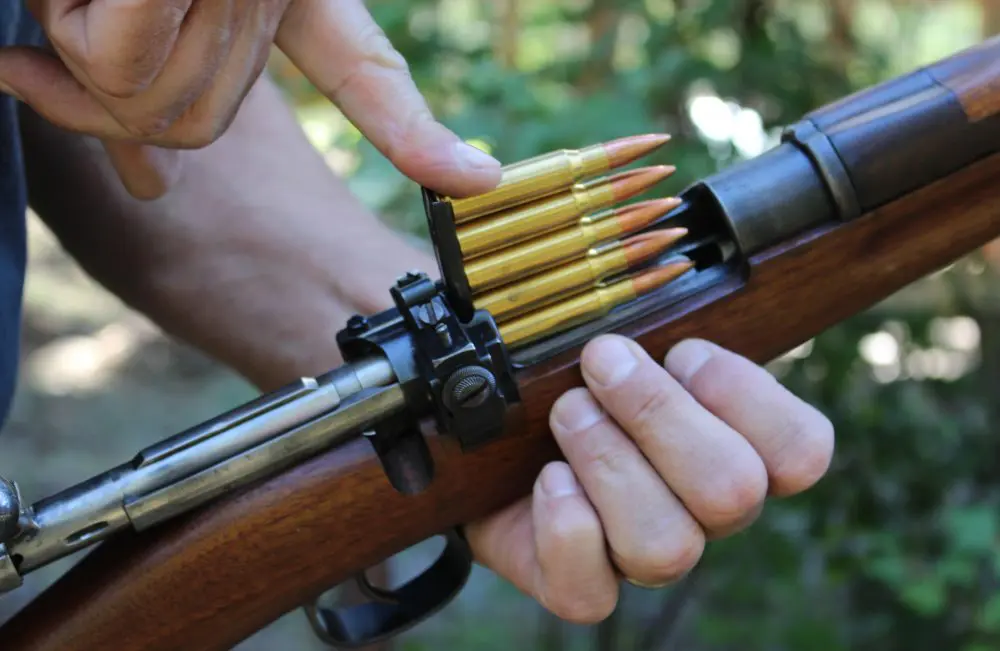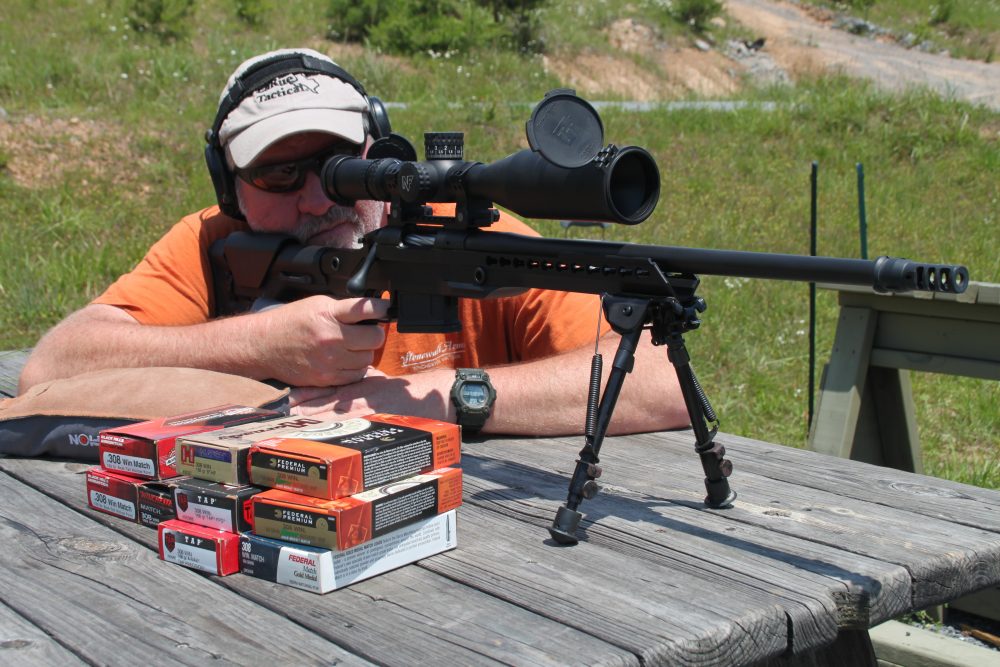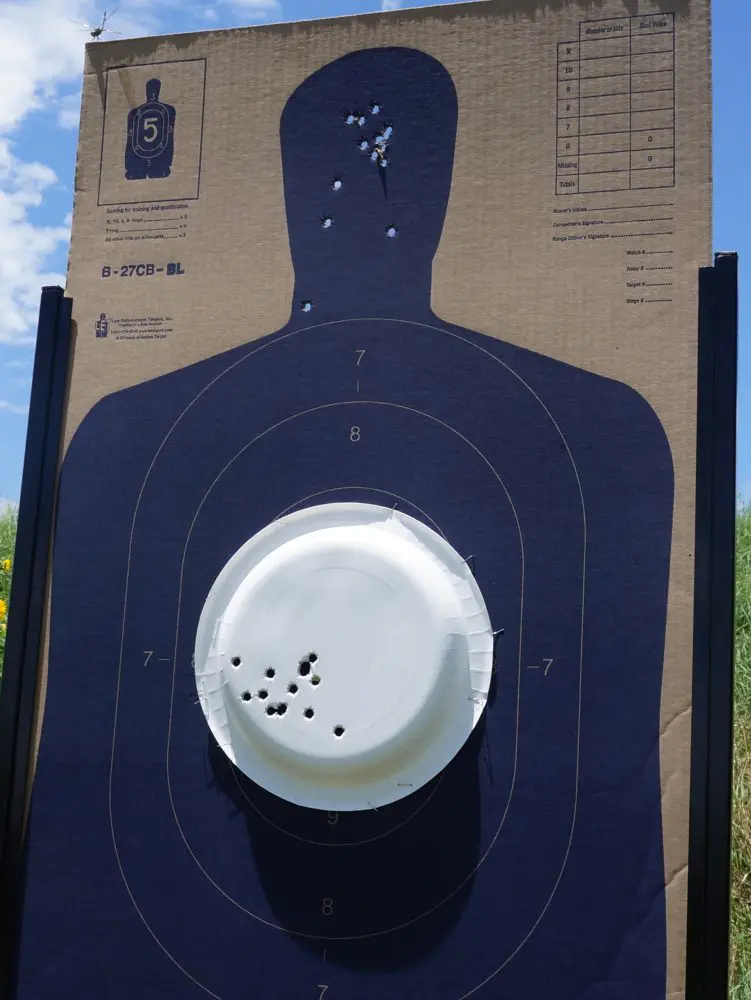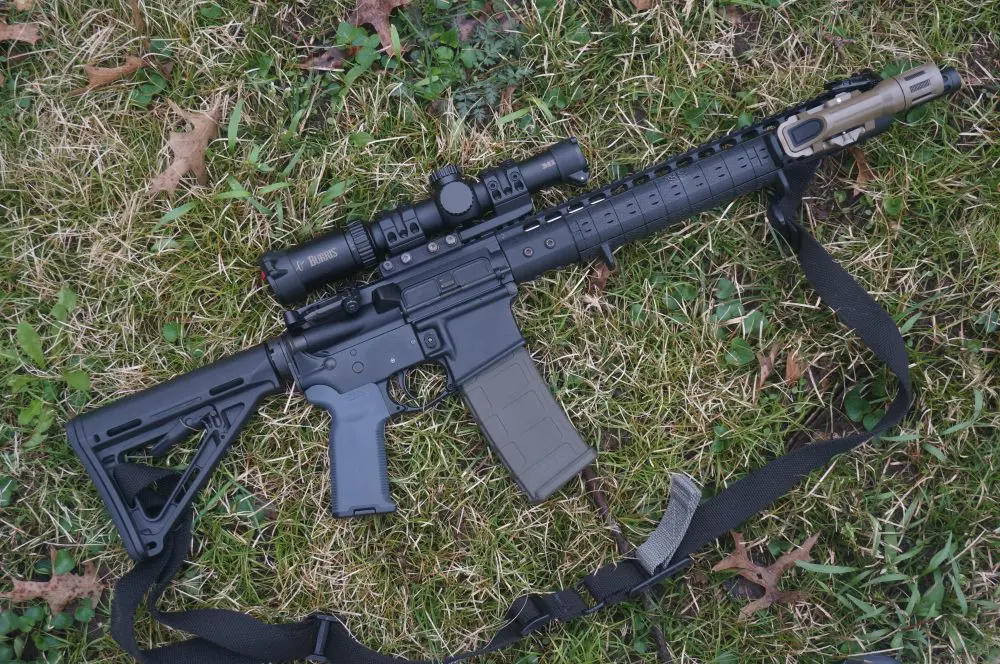Like everyone else in the world, I’ve been cussing and discussing the Newtown, Connecticut school shooting of December 2012.
In case you’ve been living under a large boulder for the past several months, a deranged young man killed his mother, then went to a nearby elementary school and proceeded to murder 26 people. Twenty of those victims were first-grade students.
As I write this, there is no telling where the resulting gun control debate will end, but I cannot imagine that anything positive will occur.
However, the latest tragedy raises another important point: is it time to revise our “accepted” standard operating procedures when responding to an active shooter (aka a homicidal shooter, mass shooter, suicide shooter, active aggressor or “a crazy nut with a gun”)?
While this column is most obviously directed at law enforcement officers and trainers, it certainly is important to everyone who carries a firearm in public. We should all be “first responders” whenever innocents are in danger.
Even if you are a private individual, you probably have at least a passing notion of the techniques that law enforcement officers use to respond to an active shooter. In a nutshell, we form up into a small unit, each officer with assigned roles, and go bad-guy hunting.
The current standard reflects the lessons learned from Columbine and other mass shootings. No longer do we grab a piece of perimeter and wait for SWAT to arrive. This major change in tactics has saved lives, and most LEOs receive continual training in active-shooter response.
However, in view of the growing body of evidence gained from situations across the country since active-shooter drills have been developed, it’s high time for change. Specifically, I’m talking about this whole idea of forming into squares, diamonds, triangles, double-tight-end formations, or what-have-you before moving toward the shooter.
This came up while conducting an informal shift training session after Newtown. For probably the fifth time, I found myself defending the status quo despite my officers quite vigorously pointing out that they wouldn’t stand around waiting for help to arrive while a gunman was actively killing people.
I tried to point out the officer-safety aspect of the whole drill in spite of the fact that I began to realize they were absolutely right. Finally it dawned on me that I was standing atop the pulpit of officer safety while at the same time exhorting officers to madly plunge into a profoundly dangerous endeavor that would only end up, in all likelihood, with someone dead.
It’s kind of like worrying about a few raindrops on your car right before the dam bursts.
After researching the matter further, I could find no cases where any group has utilized one of the “accepted” formations to pursue and stop an active shooter. In all cases to date, responding officers or citizens went mano-a-mano with the shooter or sometimes coordinated with others to form loosely organized groups. In a few cases, officers managed to “close and terminate,” while in the majority of incidents, the murderer chose to eat his own final bullet.
Either way, the good guys won.
So is it a dumb idea to form a team to pursue an active shooter? No, but it’s been demonstrated that the basic nature of those who consider themselves sheepdogs isn’t to wait around for enough manpower to form up. If people are being killed, virtually every reader of S.W.A.T. will run toward gunfire instead of waiting to utilize “approved” methods.
The team concept was the product of the best tactical minds from across the country to develop a good response to a mass shooting. But I believe it’s time that all trainers abandon the team approach to active shooters and focus on things that will really give responders the edge when dealing with these once-in-a-lifetime situations.
Contrary to our traditional dogma of individual risk evaluation, slow movement, use of cover/concealment, appropriately escalating use of force, and working as part of a coordinated unit, we need to empower and motivate the lone responder as he enters what is essentially military combat. Rather than current tactics, we need to focus on individual initiative, mental focus, aggressiveness, and even the concept of simple bravery.
The best response to active shooters has been shown to be one motivated man or woman immediately confronting the evil that is stalking the classroom, office or mall. We need to embrace this ideal.
I’m not suggesting we simply do away with active-shooter training. Rather, I hope it will evolve with this growing body of practical experience. While the firearms technique of taking down a shooter isn’t exactly rocket science, there is still much to consider and teach.
Though I’m not a big fan of applying military concepts to civilian law enforcement, this is a prime area where concepts such as aggressive movement into an ambush, maneuver by fire, working as a small unit, and other such ideas might prove invaluable.
While we’re at it, a review of post-shooting psychological responses might be in order, as these situations usually encompass mass casualties and frequently involve young suspects and victims. For a responder, it will likely rate as the worst day of his life, so this bit of mental preparation can help prevent or heal any mental wounds from such encounters.
The definition of crazy is doing the same thing over and over but expecting different results. How real-world mass shootings typically occur has been shown, so our training and tactics likewise need to evolve.
Anything else would be crazy—even crazier than those evil pieces of scum that continue to perpetrate mass killings.

